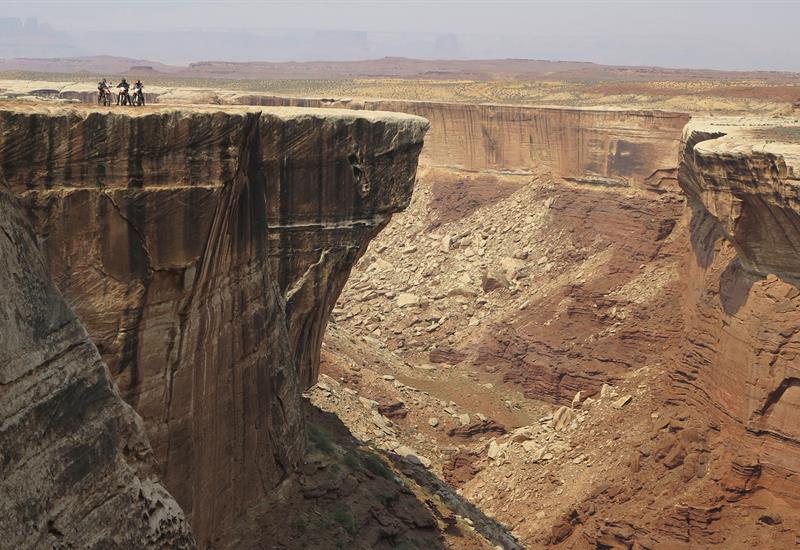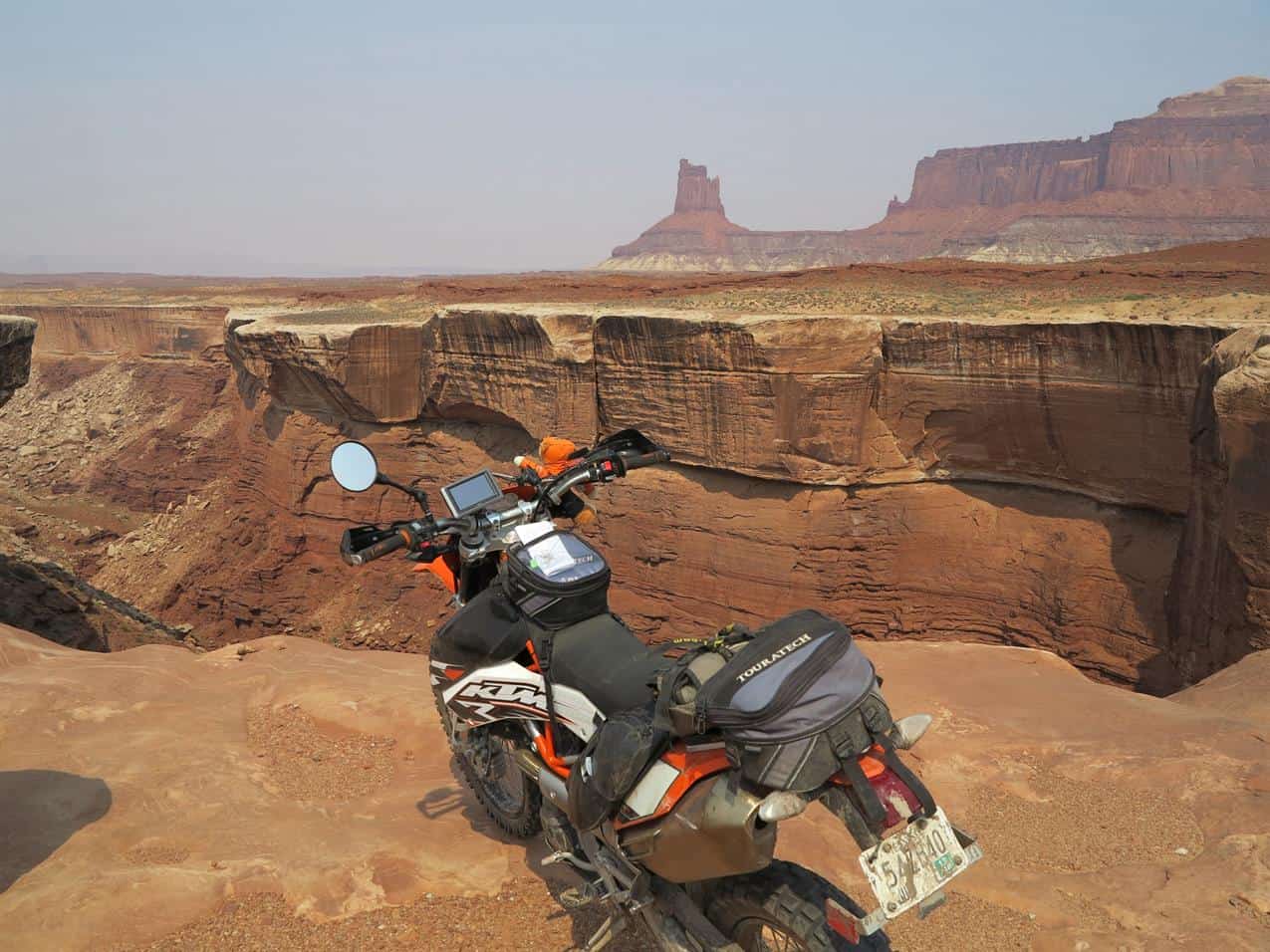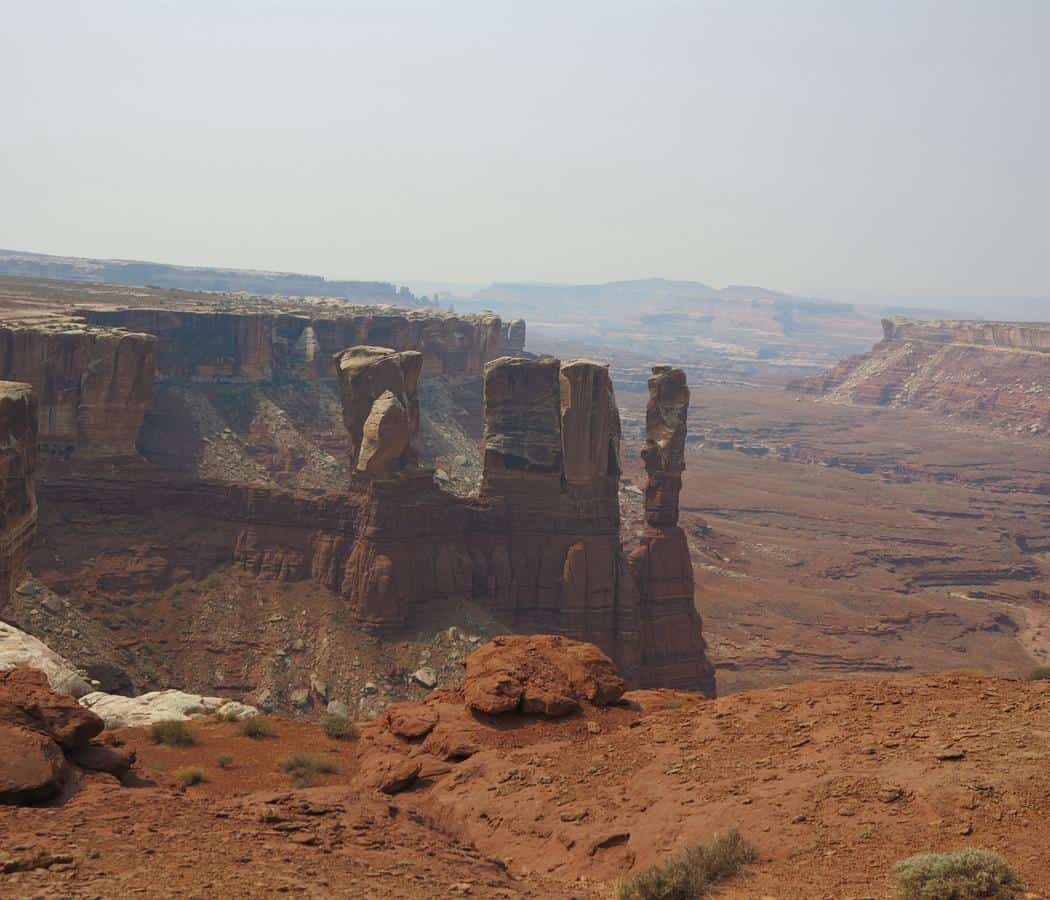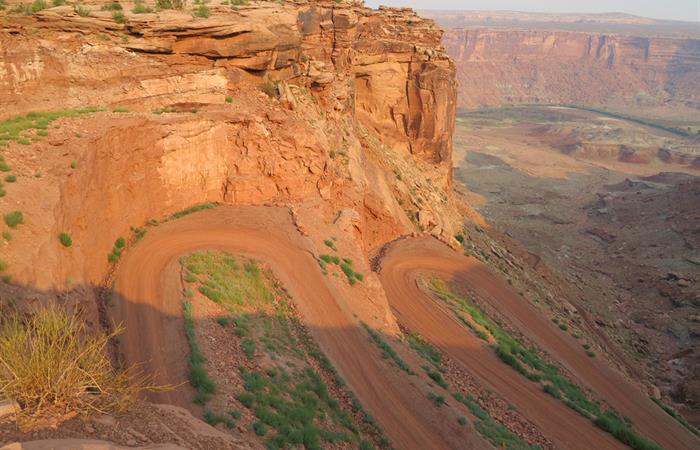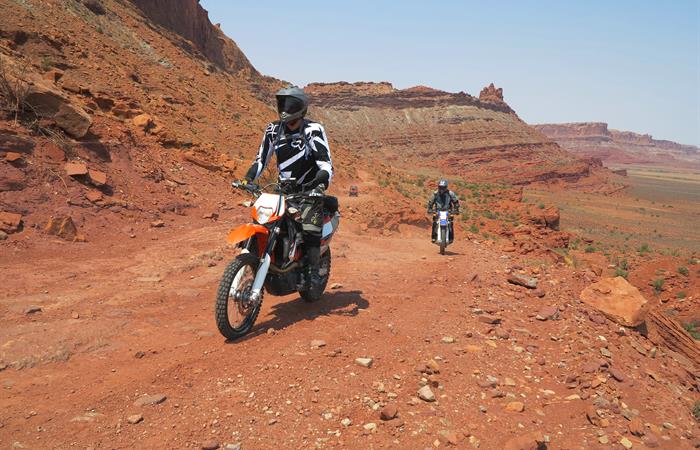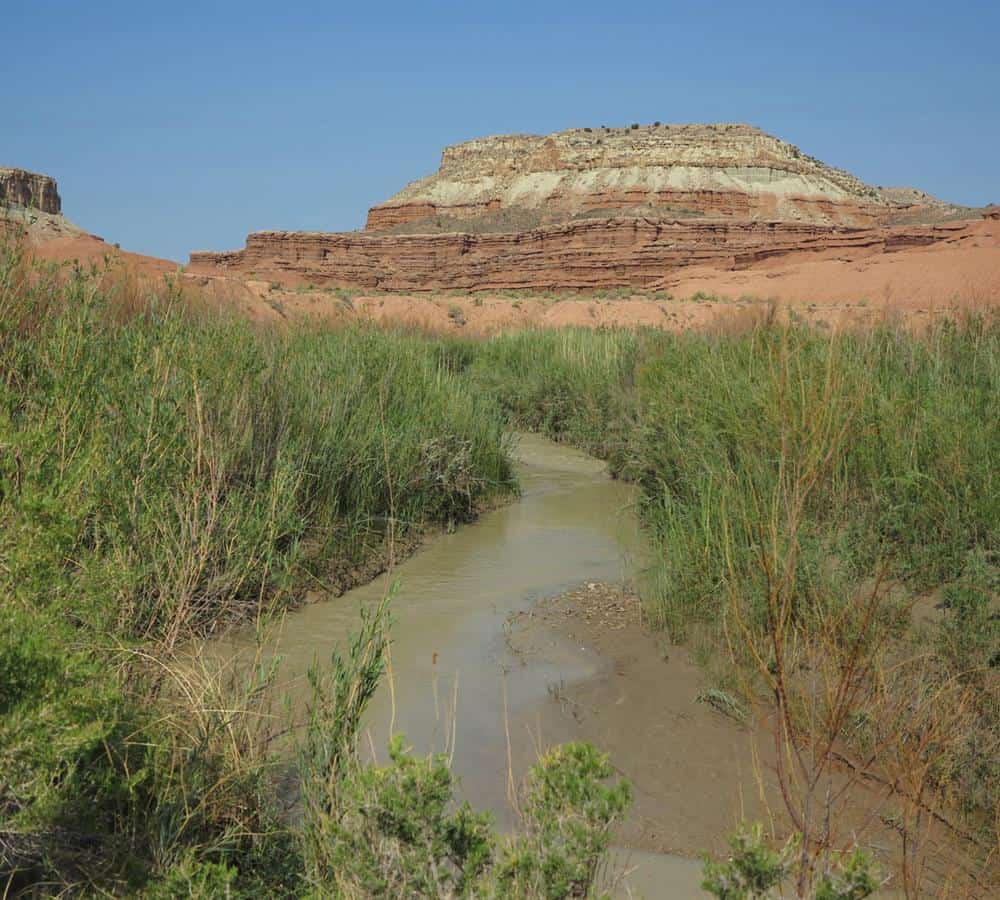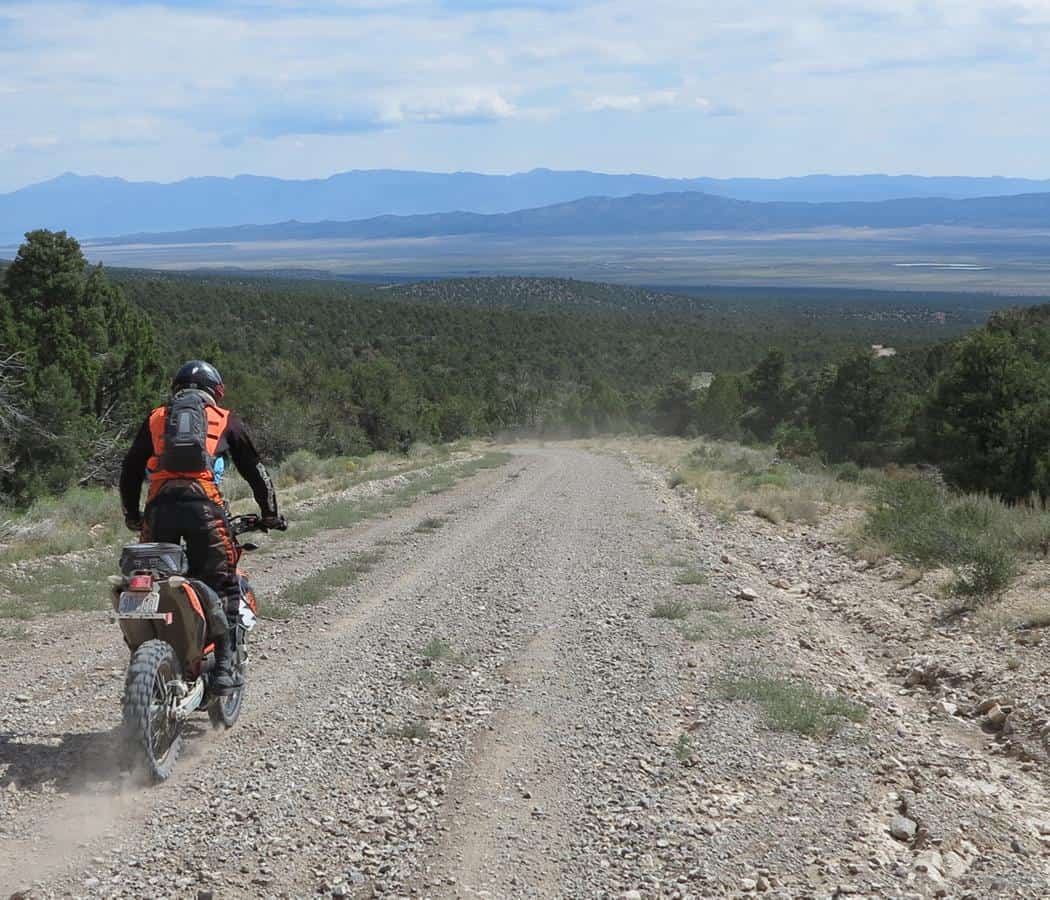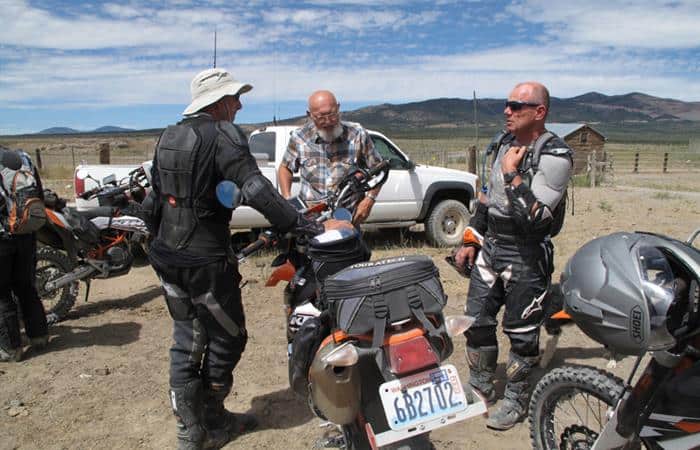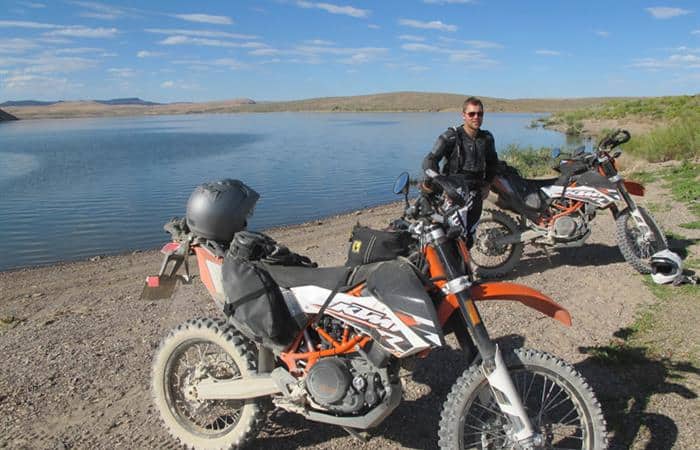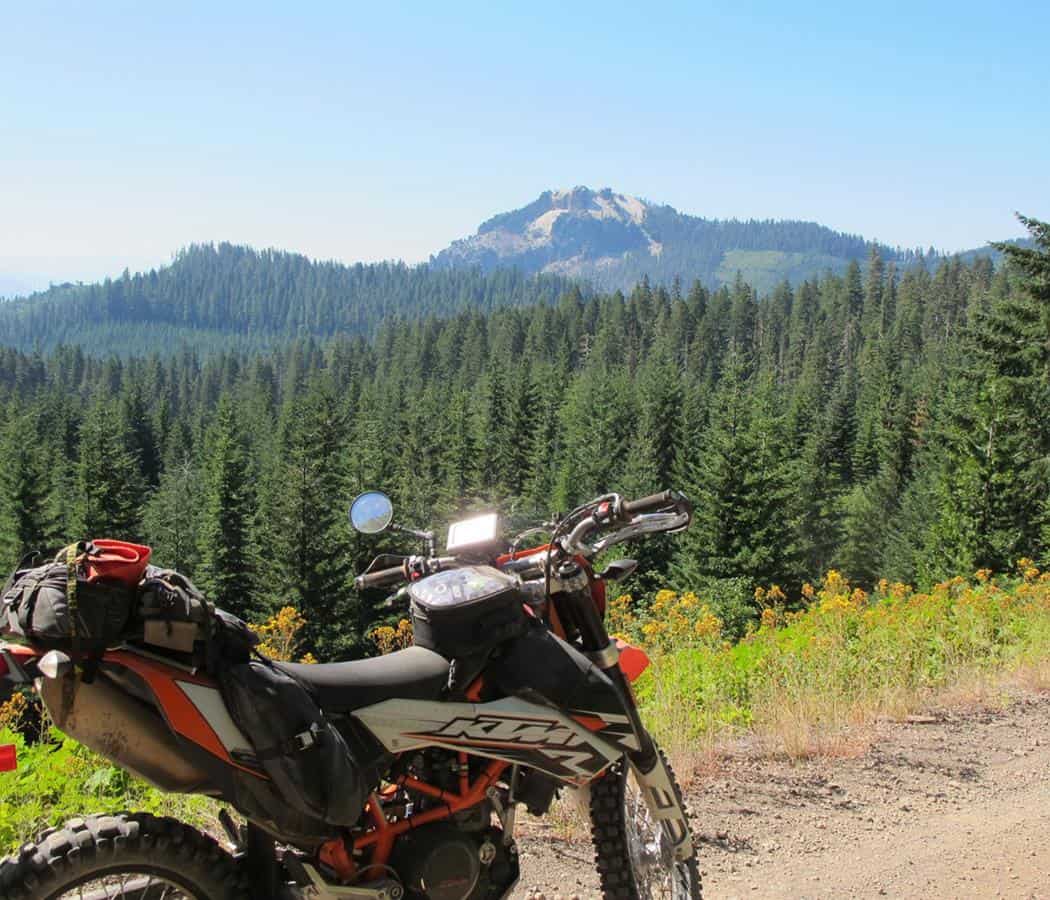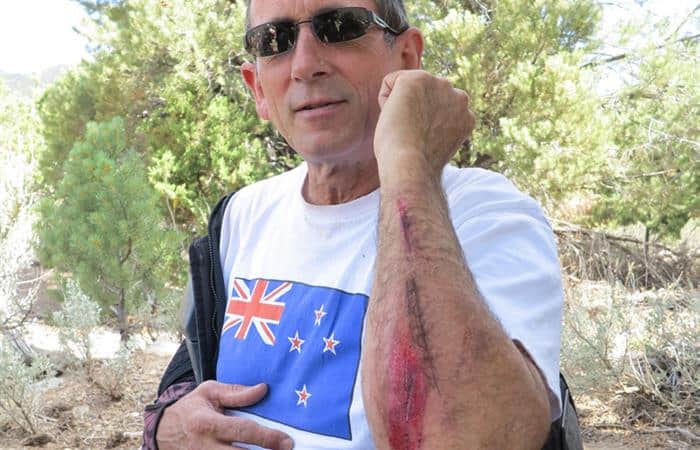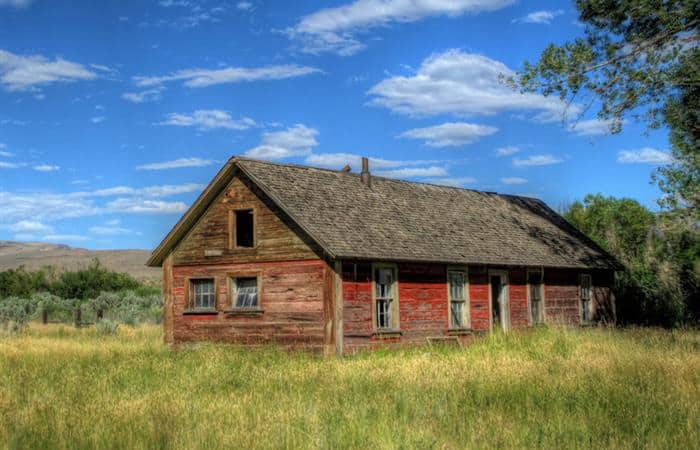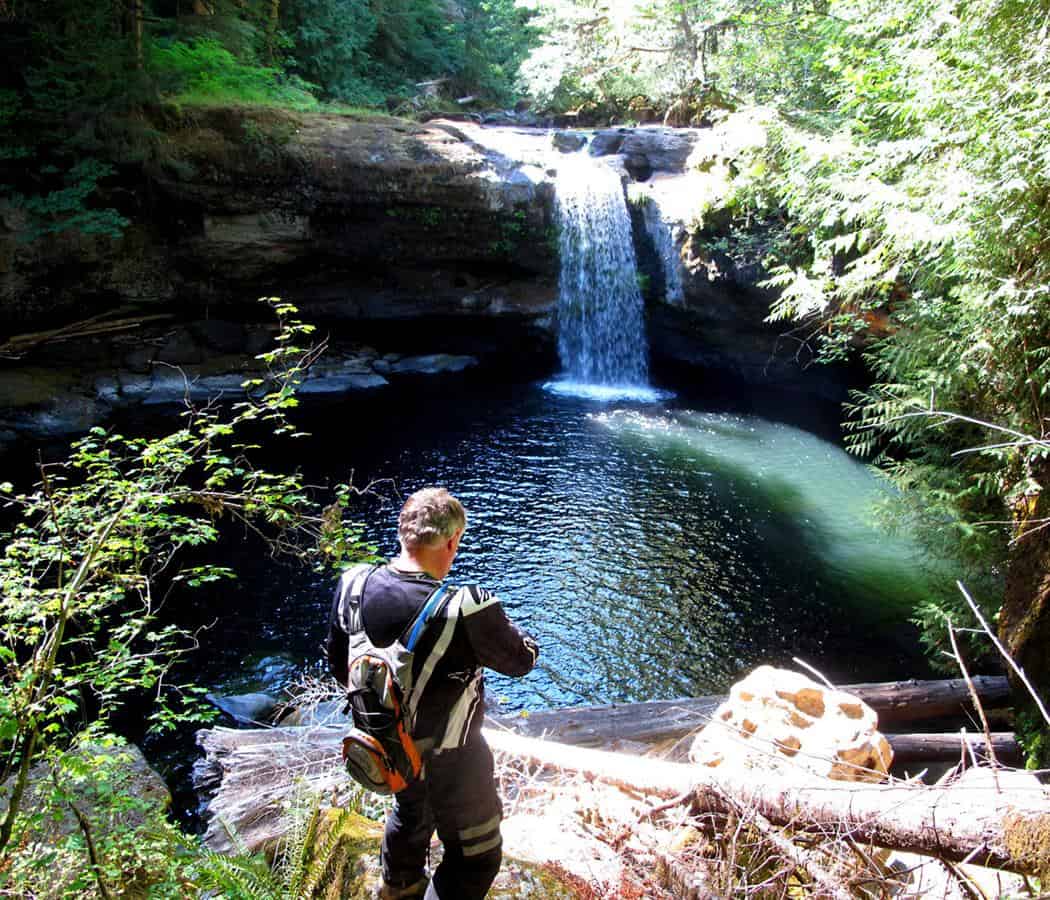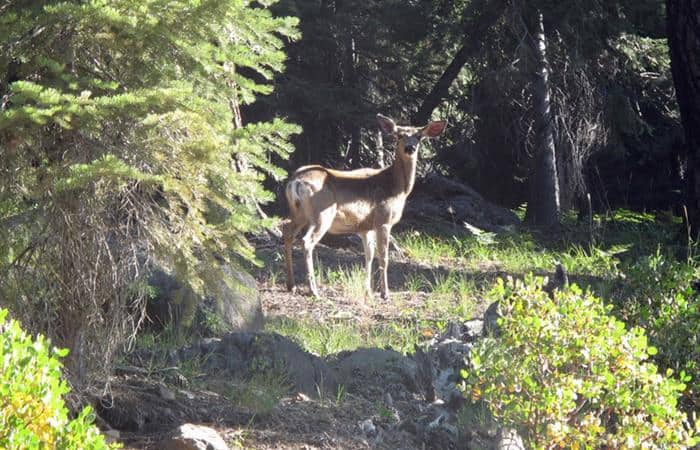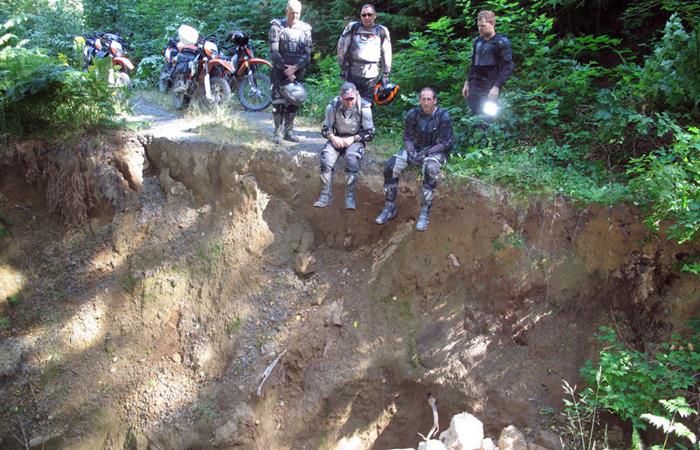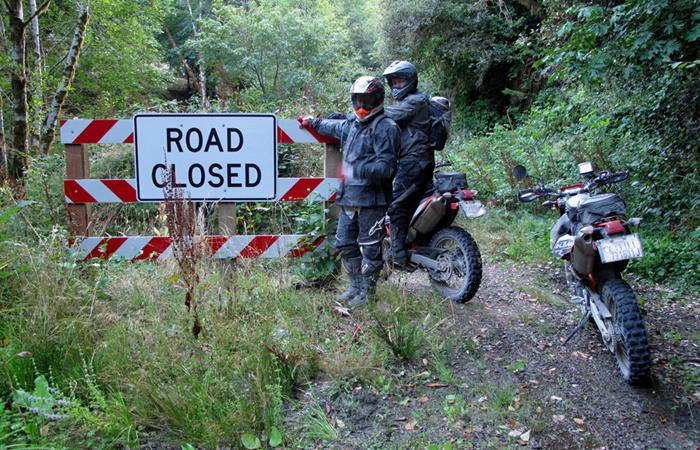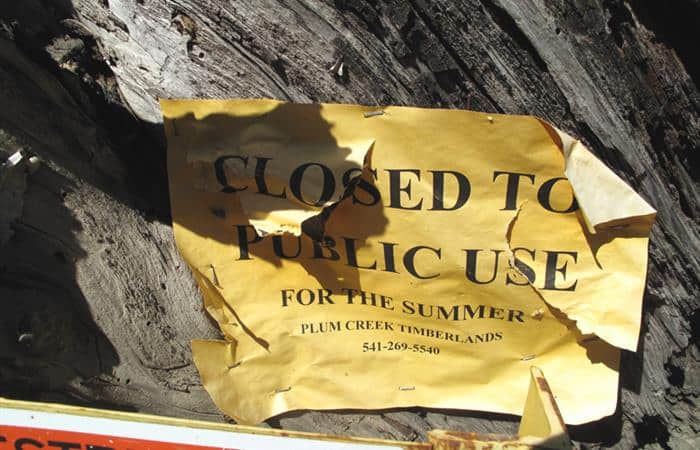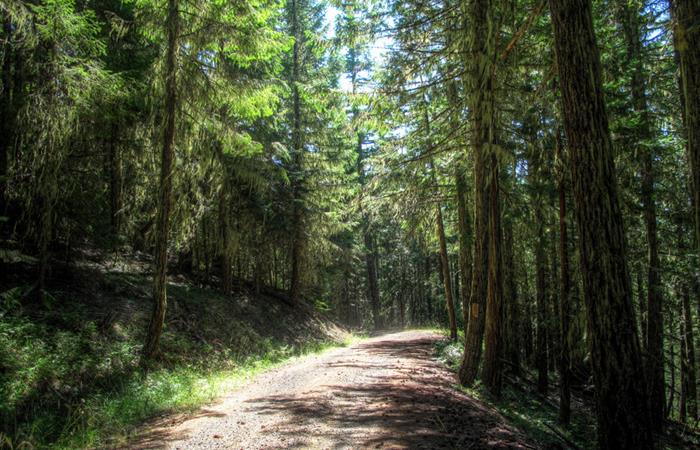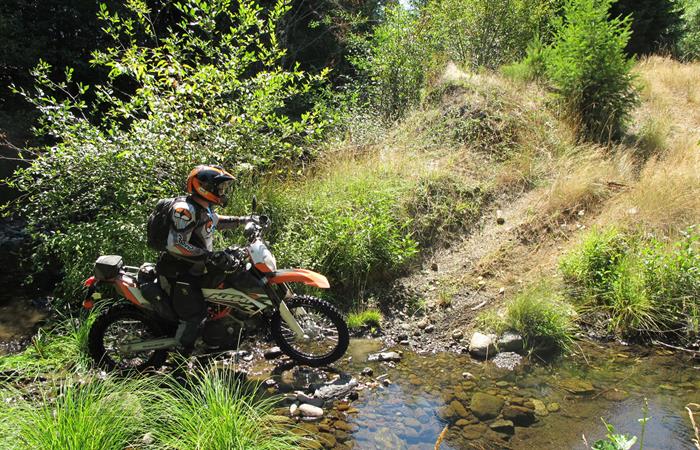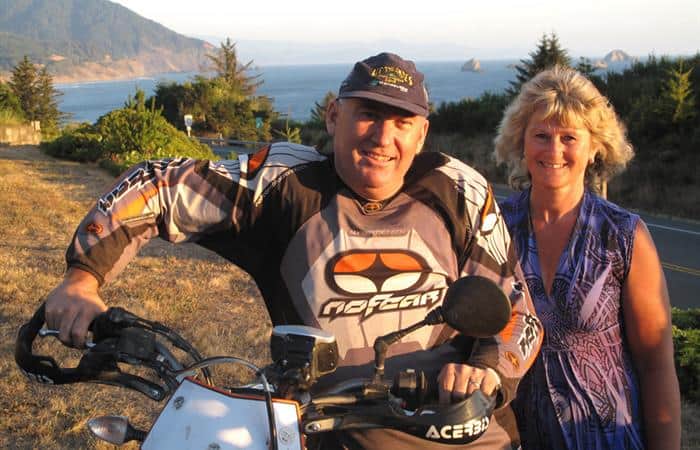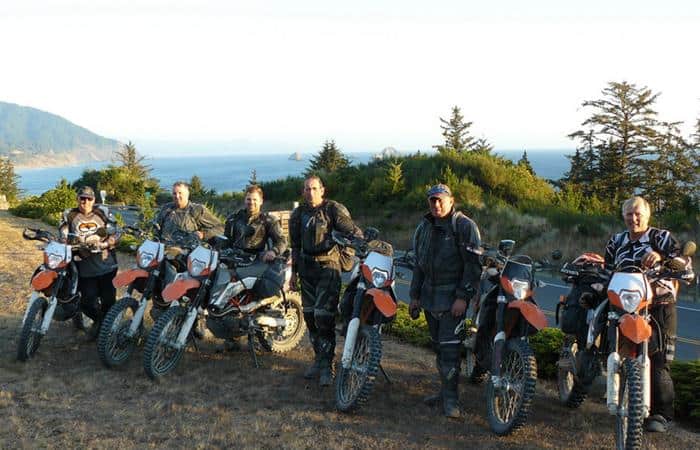In this second instalment of their Trans American Trail tale, the intrepid Kiwis go from rocky wilderness to verdant Pacific coastline…
Canyonland. The name sounds like a wild west themepark, and in some ways it is. This vast (national) park’s rollercoasters are the trails which wend their way up, down, and around through almost 1400 square kilometres of stunning rocky canyon-scarred scenery.
It was a crispy-cold early morning when we headed off to explore the White Rim Loop. The frost soon melted away into a 40+ degree day as we looped around the rim of two canyons created by the Colorado and Green rivers. There were no shortcuts. Once committed it was a 140-mile loop without a Coke machine in sight. The views were stunning and it was a real credit to the nation’s encouragement of controlled vehicular access to its heartland treasure. The National Parks can be accessed by licensed vehicles and in some designated areas by OHVs (Off Highway Vehicles – quads etc). Anyone can go out and have a good time provided they stick strictly to the track! One of the team parked his bike off-track and when a ranger came along he insisted that we brush the bike’s tracks away. He was pleasant enough but something told us a second warning wasn’t an option.
This level of access also takes a compliant public, of course, and nowhere did we see stray 4×4 or motorcycle tracks stretching away up hills as we’ve no doubt all seen throughout the world. I wonder how our own authorities and the New Zealand public could partner conservation with access-for-all, instead of locked gates.
The White Rim Trail had been a big day and so we had a late departure the following day, finishing up in Green River township via the fascinating Gemini Bridges trail, which features a spectacular twin-arch natural rock bridge.
There are a couple of truly epic days on this ride – long but also more continuously off-road and technical, with long sandy or rocky floored canyons. Green River to Richfield was just such a day.
Knowing we’d run a slower average speed dictated an early start (our ‘Sargent Schultz’ Terry ensured this), a packed lunch, plenty of water and some precautionary extra fuel which we carried in special bladders. The trail loosely followed the I-70 interstate, though at various points it felt 100 miles away from it. It was one of my favourite stretches, a proper adventure.
Along with the technical trails, the day featured some great fast tracks too, where the 690s could be drifted out of long sweeping curves. And at times we perhaps got a little carried away. You see, it apparently rains in the desert, something evidenced by the occasional washout. And at one particularly butt-clenching dip Tony found himself in that horrible no-man’s-land: too slow to make a good jump of it but too fast to keep things pretty. A heavy fall silenced someone not usually short of a word or two, and his ribs taunted him for a good week later.
After a long day we made it to Richfield and the special fuel bladders allowed us to skip a scheduled detour for gas.
Paper Trails
We ditched the TAT paper route sheets on day one. Months before the trip I had studied the TAT maps and plotted the entire trail, and our various diversions, onto a GPS. The accuracy and certainty of the technology made our ride flow quickly and hassle-free. I figured if God made Garmin why not use it. And if you think route sheets will get you there easier, well, there’s a Flat Earth Society branch that meet every blue moon at Bull Canyon Ranch. But you’ll need a GPS to find it…
In Google Earth you can zoom-in and see the tracks where the roads finish and these can be ‘pathed’ and converted to GPS language as a track. It’s some effort but it’s rewarding when it all works and points you in the right direction at a fork at the bottom of Eagle Canyon.
The Silver State
The Nevada border was still a day away and it was a very mixed bag of riding. We hit some trees again, and some singletrack I had spied on Google Earth, before covering gravel roads at 65mph up one endless valley to the next. We made it to the Border Inn by mid-afternoon, which proved perfect to fit in some fettling.
Now, it’s called the Border Inn for a good reason. The rustic little motel unit is in Utah yet as I serviced my bike the sun cast its shadow into Nevada. Air filters that were washed in Nevada, dried in Utah. And while we slept in Utah we dined in Nevada. Which is all very well but with a one-hour time difference between the two states (Utah being mountain time, Nevada pacific time) things could get complicated.
We didn’t meet many Americans out on the trail until we circled the wagons for the evening. And when we did we found them friendly and interesting. Over drinks (of course the bar is in Nevada) we struck up conversations with the locals and three Texans working there on construction. I will never forget how one fellow sounded just like Tow-Mater from the movie Cars. This truly was Radiator Springs, Carburettor County…
Poor old Nevada suffers from a touch of nada. At times there’s just nothing, zilch. The countryside is greyed with low sagebrush vegetation and there aren’t many significant features. Still, I was on a motorcycle and gobbling up dirt roads taking in the vastness, so I was happy. Some of the roads were barely two wheel marks through the encroaching sage and there were a few Taranaki gates (a basic wire and batten gate), so it was reassuring having the GPS to follow.
At a small junction in the back of beyond we found a trailer (caravan) parked-up with horses, dogs, and some more friendly Americans. Bearded Bill Massie and his wife Carroll introduced themselves and explained what fun they were having out there in the middle of nowhere. For 20 years the pair had visited this area to be part of the annual re-enactment of the pony express from Missouri to Sacremento. Dating back to 1860, a letter then would cost you $5 – a tankbag full of money at the time, no wonder it was replaced by telegraph, telephone, and internet! When the time came Bill would saddle-up and, in relay with about 100 other horse riders, ensure that the mail got through.
As we rode through various derelict ranches I realised how hard it must have been to pioneer this land and to make a go of it. Their endeavours sat sadly weathering away in the baking sun. Now it seemed only gold mining and oil fracking brought people out onto this land.
There was one more epic day to do before Oregon, a more isolated and longer ride than we were used to. Essentially, because of accommodation contraints, we joined two days into one real humdinger. It was an early start and we hit a lot of different terrain, including some narrow tracks with white talcum powder-like-dust that squeaked on your tyres which, once stirred, hung in the hot Nevada air. There was no chance of waiting for it to settle and the wind wasn’t obliging in blowing it away. Again, the scenery was littered with evidence of abandoned endeavour yet this place had a beauty in its vastness, not to mention huge skies. Antelope enjoy the Sheldon National Wildlife Refuge here and a herd of 100 or so running alongside was quite a sight.
Real ‘Gon Kids
We had an inkling that Oregon was near as a range of forest appeared, rising up quite abruptly after we crossed the border of Nevada and the extreme northern tip of California. From Lakeview to the coast we travelled only on forest trails and roads.
The bikes had enjoyed Colorado, survived Utah and endured Nevada, and it felt like Oregon would offer some respite for the machinery. We’d had only two punctures (score Grant 2, the rest 0) and swapped to fresh rubber back at Battle Mountain. Twice a day Scott (our ‘Scott-oiler’) had been charged with chain-lubing duties and we’d barely touched our chain adjusters. To top it all, there’d been just one withdrawal made from the group parts bin: a single headlight bulb. Sure, there’d been the odd spill and thrill, but the bikes did their job in a very rewarding way.
Despite the forest it was still quite warm but thankfully shaded. In another day we would feel the coolness of the sea breeze hitting land. The forests were beautiful in their own way but gone were the long views. At any ridge, we would scan for a glimpse of the Pacific ocean but it was to tease us and only show itself right at the very end.
The riding was fast at times but the bikes were tested with fallen logs and debris, and some surprisingly overgrown trails. It seemed as if there was an attempt to close down the lesser roads despite being ‘grandfathered’ as permanent. This became a test of a little Kiwi’s forest skills and, with the navigational prep paying off, we picked our way successfully through some tricky parts of Oregon. (The TAT route has since been changed and unfortunately now bypasses our forest adventure.)
If something was going to go wrong on this trip it usually happened late afternoon, just when we had mentally programmed-in the end of the day and minds were already in the shower. Barely 20 miles from the coast (not that we’d seen it yet) Tony suffered a flat front tyre and the group congregated back around his bike just in time to see him pinch-puncture his last tube against a tyre lever. Unbelievably, the other two tubes we were carrying had holes chaffed in them from a wayward tool. And worse still, a change of kit for the day meant that the only tube repair kit we’d been carrying was tucked away in the support vehicle that was, by now, waiting for us on the coast.
Thinking that Tony might simply have to ride on the flat tyre, we ran into our last bunch of friendly Americans on the trail. Their Dodge pick-up rumbled towards us from another track and it turned out the family had been digging for gold in the hills. The whisky and ice in their cup holders suggested they were heading home, though it was soon evident these weren’t their first of the day. And Junior looked pretty happy nursing the chilly-bin in the back too. It would’ve been easy to judge this book by its cover, and the ‘Clampetts’ quickly came to mind, but we gratefully loaded Tony’s bike onto the truck. Now old Jed could see the funny side of the situation and as the pick-up rumbled off down to Port Orford with Tony and his bike he shouted out to us ‘thanks for the bike y’all!’
We could follow Tony or we could finish the trail. As everyone looked around, it was apparent that whatever fate awaited Tony, he was on his own!
The sun was turning golden as we finally hit the coast, and the sea only appeared at the very last moment but, oh, what a sight. Tony and his bike arrived shortly after and we lined up in front of the beach for the obligatory photo shoot and a toast to 3000 miles of trail riding with riders and machinery all in one piece. Dinner conversation that night centered on the next trip. We were at it again…
To read the issue click the link below…
Read full article in RUST – Issue 24 or download as a pdf here

